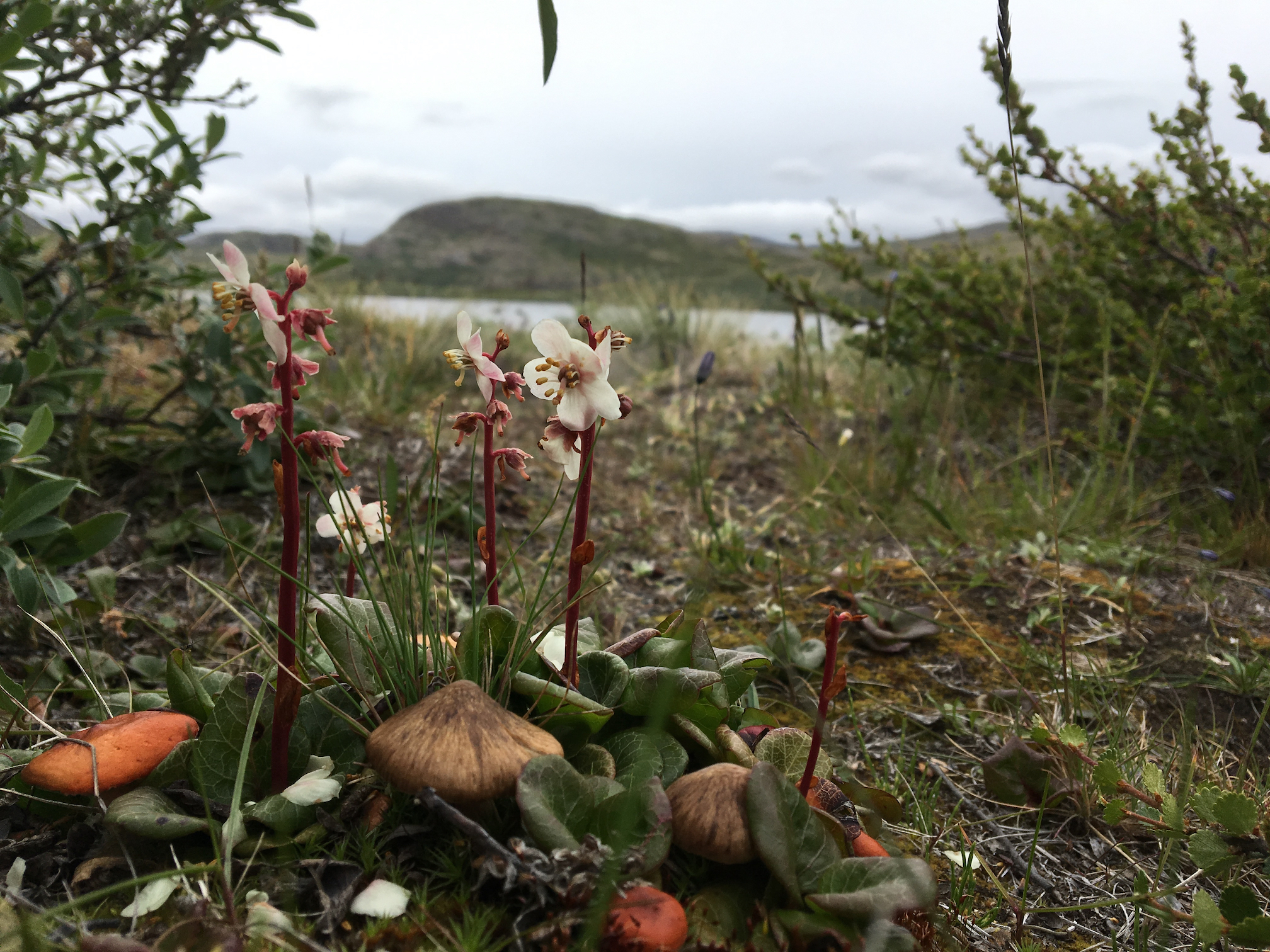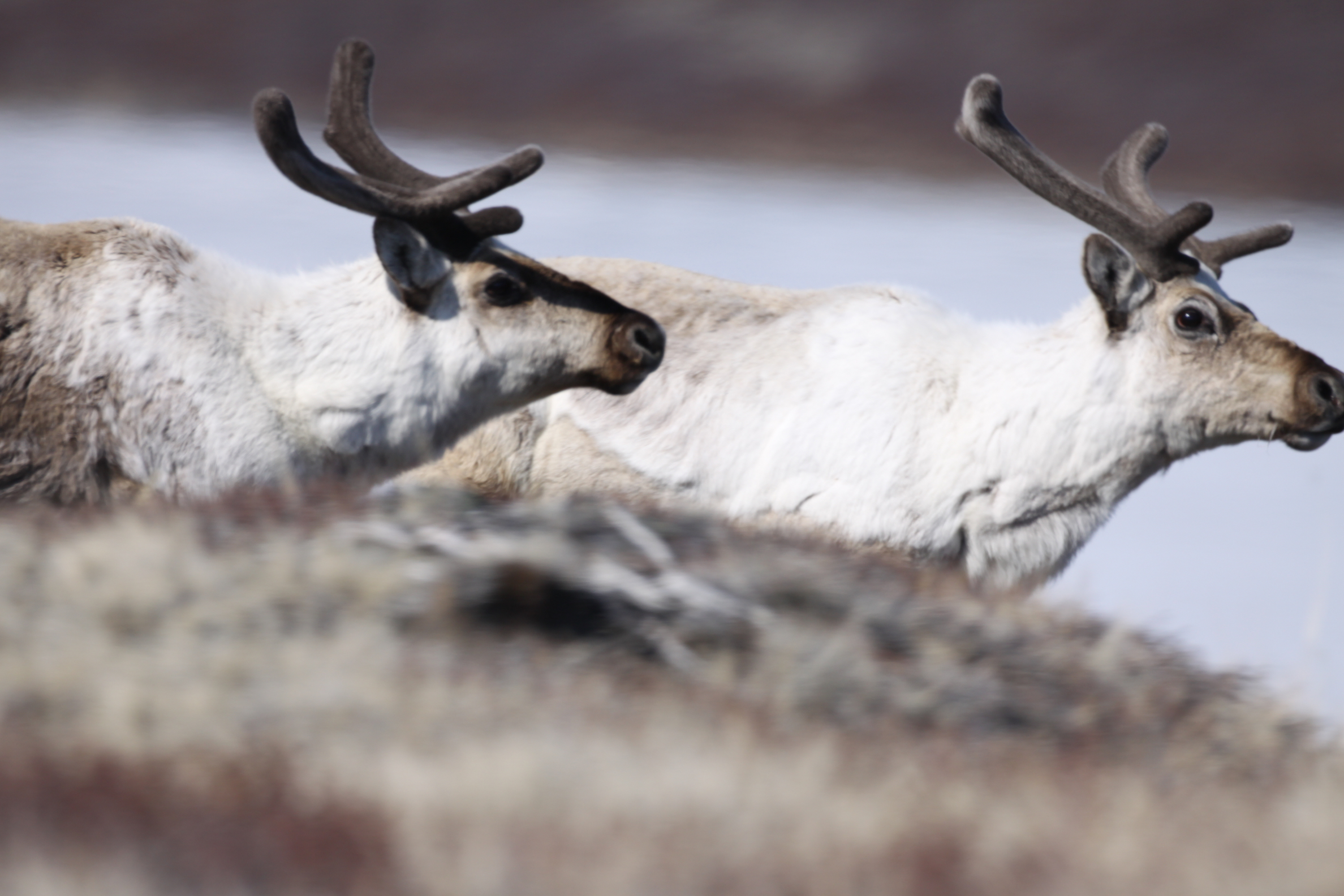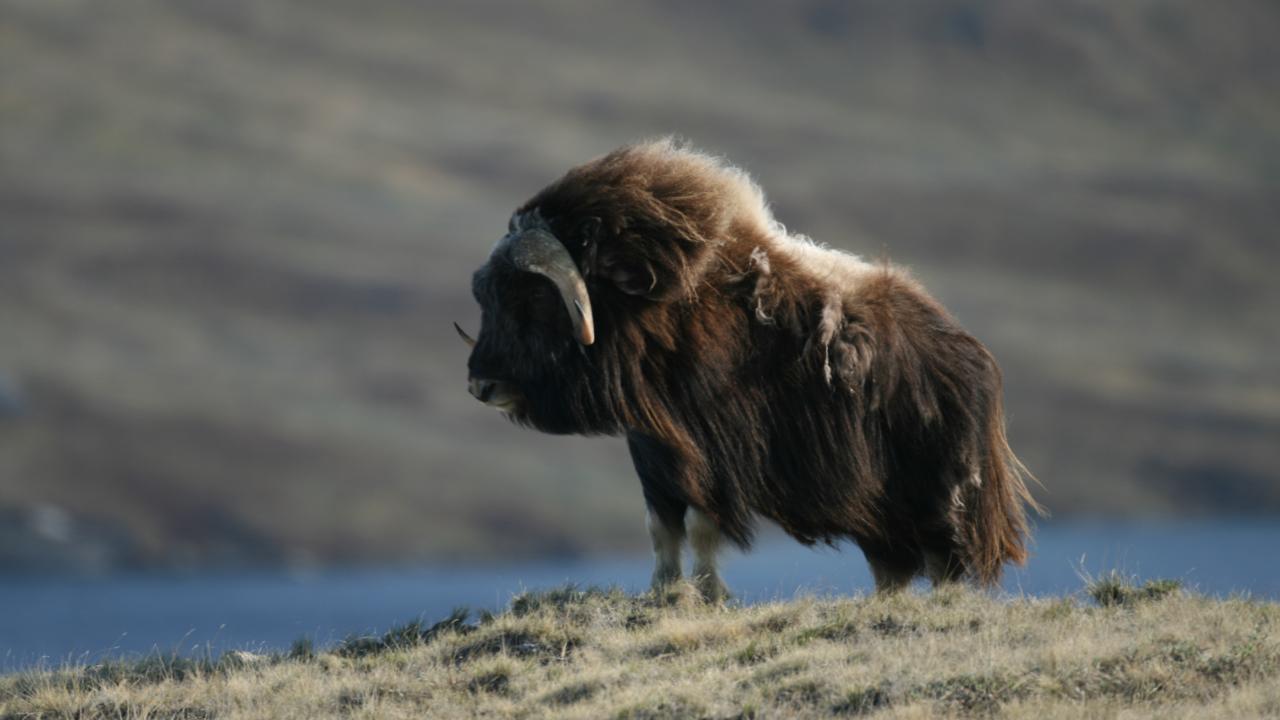Being common is rather unusual. It’s far more common for a species to be rare, spending its existence in small densities throughout its range. How such rare species persist, particularly in an environment undergoing rapid climate change, inspired a 15-year study in arctic Greenland from the University of California, Davis.
The study, published in the journal Scientific Reports, found that caribou and muskoxen helped mitigate the effects of climate change on rare arctic plants, lichens and mushrooms at the study site.

The authors suggest that by constraining the abundance of the two most common plant species — dwarf birch and gray willow — large herbivores may allow other, less common species to persist rather than be shaded or outcompeted for nutrients by the woody shrub’s canopy, or suppressed by leaf litter and cooler soils.
“This is more evidence that conserving large herbivores is really important to maintaining the compositional integrity of species-poor systems like the arctic tundra,” said lead author Eric Post, director of the UC Davis Polar Forum and a professor in the UC Davis Department of Wildlife, Fish and Conservation Biology.
A rare find
Recent studies have shown that when rare species risk extinction due to climate change, it is often due to effects on local habitat. Greater numbers of rare species persist in regions with a stable climate than in regions with a changing climate. This study shows that species interactions can also be important in maintaining rare species under climate change.
For this study, the scientists investigated the effects of warming and the presence or exclusion of large herbivores — caribou and muskoxen — on 14 species of tundra plants, lichens and mushrooms, three of which were common and 11 of which were rare in the study site, looking for trends in commonness or rarity.

They found no predictable pattern related to warming. It made some plants more common and others rarer.
But the presence or absence of caribou and muskoxen made a clear difference. Excluding large herbivores from study plots made seven species — five of them rare — less common, and two species more common, and led to common species dominating study plots.
Herbivores’ critical role in sustaining biodiversity
Caribou at the study site near Kangerlussuaq, Greenland, dropped from several hundred animals in the early 2000s, at the beginning of this study, to a little over 100 by the study’s end. Muskoxen increased from about 20 to 50 over the same period, according to a March 2021 study Post co-authored. Meanwhile, the arctic tundra is warming two to three times as fast as the rest of the planet.

“The conservation of large herbivores will serve a critical role in preserving arctic tundra as it warms,” Post said. “If caribou or muskoxen eventually go locally extinct from parts of the Arctic, or even fall to severely low abundance, what we’ll likely see in response to warming is a tundra increasingly dominated by a few common species, like shrubs.”
Post said that rare species contribute vitally to biodiversity, ecosystem function and resilience, largely because there are so many of them compared to common species.
“Creative solutions to sustaining tundra biodiversity, such as maintaining intact populations of large herbivores, will help buffer this sensitive biome against climate change,” Post said.
This study’s co-authors include Christian Pedersen of the Norwegian Institute of Bioeconomy Research, and David A. Watts of Alaska Department of Health and Social Services.
The study was funded by the National Science Foundation, National Geographic Committee for Research and Exploration, and Penn State University.
Media Resources
Media Contacts:
- Eric Post, UC Davis Wildlife, Fish and Conservation Biology, post@ucdavis.edu
- Kat Kerlin, UC Davis News and Media Relations, 530-750-9195, kekerlin@ucdavis.edu
